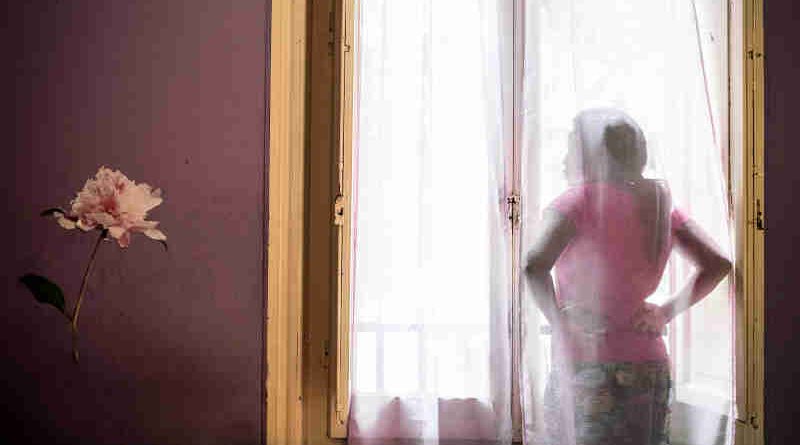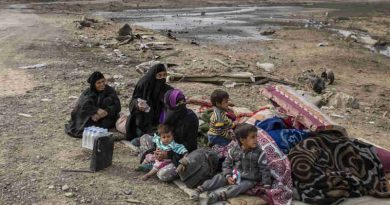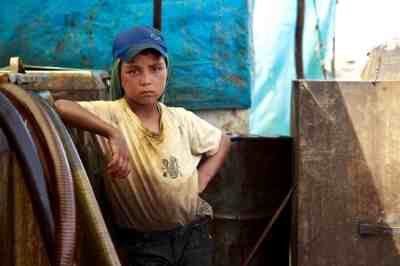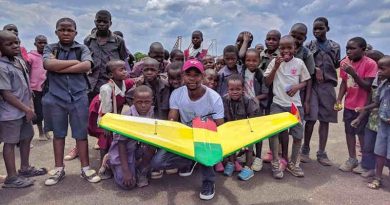Refugee Girls Forced into Prostitution in Libya

Some 25,800 unaccompanied or separated children arrived in Italy by sea in 2016 – that’s more than double the 12,360 who arrived during the previous year.
These children account for a staggering 91 per cent of all the 28,200 children who reached Italy’s shores in 2016 as refugees or migrants.
“These figures indicate an alarming trend of an increasing number of highly vulnerable children risking their lives to get to Europe,” said UNICEF senior emergency manager Lucio Melandri.
“Current systems in place are failing to protect these children who find themselves alone in a totally unfamiliar environment. Because they are on the move, a coordinated European response is needed to keep them safe.”
[ Poverty in India: Woman Sells Child for Rs. 2000 ]
The majority of these unaccompanied or separated children who arrived this past year originated from just four countries: Eritrea, Egypt, the Gambia and Nigeria.
While most of the children were boys aged 15 to 17 years, younger children and girls have also been among the new arrivals. Girls in particular are at risk of sexual exploitation and abuse, including commercial sexual exploitation by criminal gangs.
Several girls interviewed by UNICEF staff earlier this year in Palermo reported being forced into prostitution in Libya as a means to ‘pay off’ the cost of the boat travel across the Mediterranean. Whilst many of the boys who arrive in Libya are forced into manual labour.
[ Free Schools for Poor Children ]
The Central Mediterranean route from North Africa to Italy is unique for the incredibly high proportion of unaccompanied and separated children among the refugees and migrants.
By comparison, only 17 per cent of the child refugees and migrants who arrived to Greece by sea in 2016 were unaccompanied by adult family members or guardians.
UNICEF continues to advocate for six specific actions that will protect and help displaced, refugee and migrant children:
• Protecting child refugees and migrants, particularly unaccompanied children, from exploitation and violence.
• Ending the detention of children seeking refugee status or migrating by introducing a range of practical alternatives.
• Keeping families together as the best way to protect children and give children legal status.
• Keeping all refugee and migrant children learning and giving them access to health and other quality services.
• Pressing for action on the underlying causes of large-scale movements of refugees and migrants.
• Promoting measures to combat xenophobia, discrimination and marginalization.
UNICEF promotes the rights and wellbeing of children in 190 countries and territories.
Photo courtesy: UNICEF






